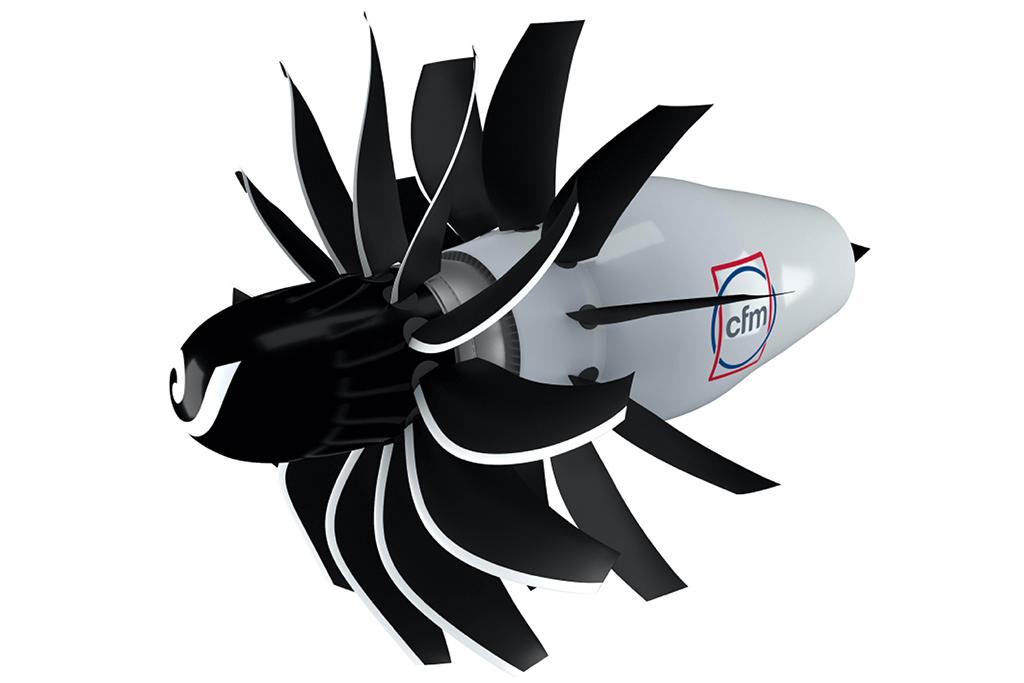
Open Rotors on the RISE
CFM International partners GE Aviation and Safran began a technology development program in June to pave the way for a new generation of fuel-efficient open-rotor engines for service entry around the mid-2030s. CFM’s RISE program (for Revolutionary Innovation for Sustainable Engines) is targeting a 20% reduction in fuel consumption and CO2 emissions compared to current turbofans.
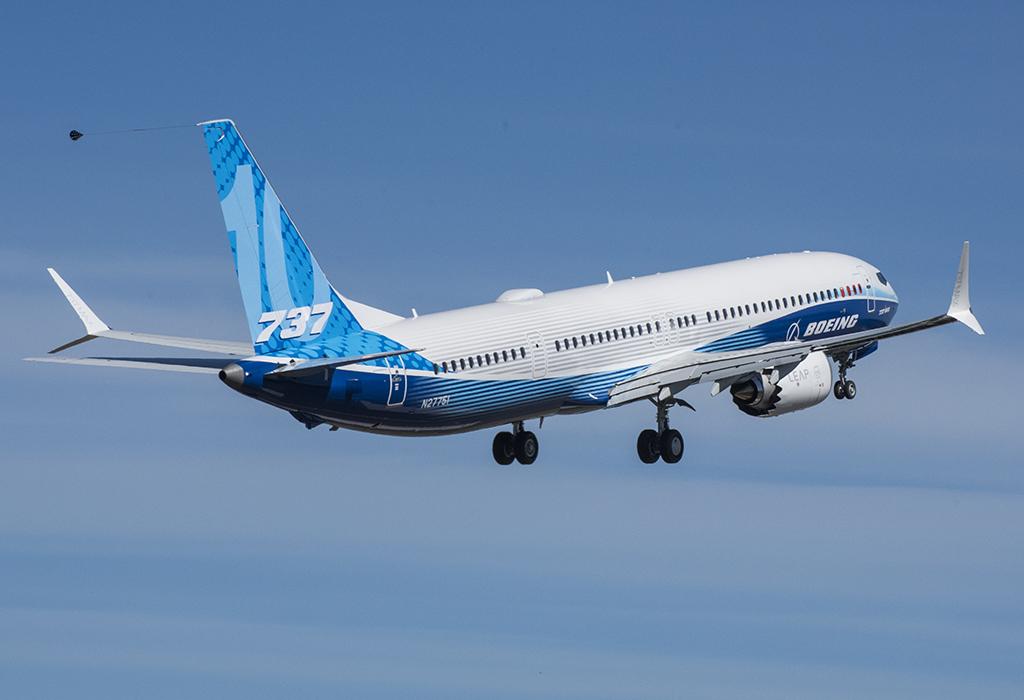
MAX 10 Takes to the Air
Boeing made the long-delayed first flight of the 737-10, the fourth version in its MAX series, on June 18. The aircraft, which is the longest derivative of the 737 with 230 seats in a single-class layout, was due to enter service in 2020. The type was rolled out in the midst of the MAX crisis in November 2019, but after design reviews and pandemic-related delays, Boeing pushed first deliveries back to 2023.
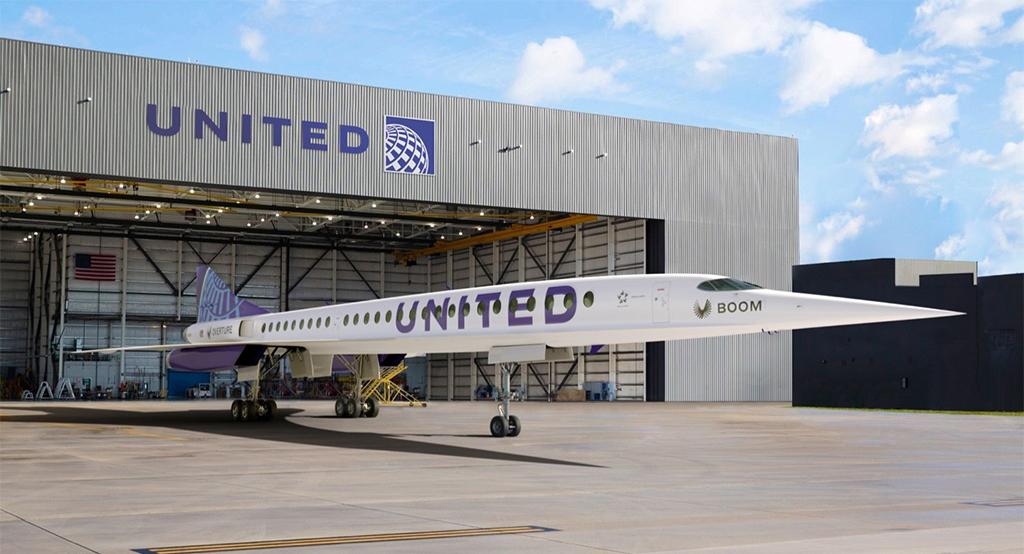
United’s Bold Technology Bets
In an industry just beginning to recover from the pandemic, United Airlines made a series of bold fleet decisions in 2021. In June the airline placed firm orders for 15 with Boom Overture supersonic airliners for delivery in 2029. United and regional partner Mesa Airlines also struck investment and aircraft deals with electric air taxi developer Archer and 19-seat electric regional airliner startup Heart Aerospace. United closed the year with an investment in ZeroAvia that could lead to retrofit of its Bombardier CRJ 50-seat regional jets with hydrogen-electric propulsion starting in 2028.

Sustainable ecoDemonstrator
Under Boeing’s ecoDemonstrator program, eight aircraft have served as flying testbeds since the technology initiative began in 2012. The eighth aircraft in the series—a 737-9 on loan from Alaska Airlines—in mid-2021 overcame disruptions from the COVID-19 pandemic and MAX grounding to begin a months-long series of flight experiments to evaluate a new set of 20 discrete technologies.
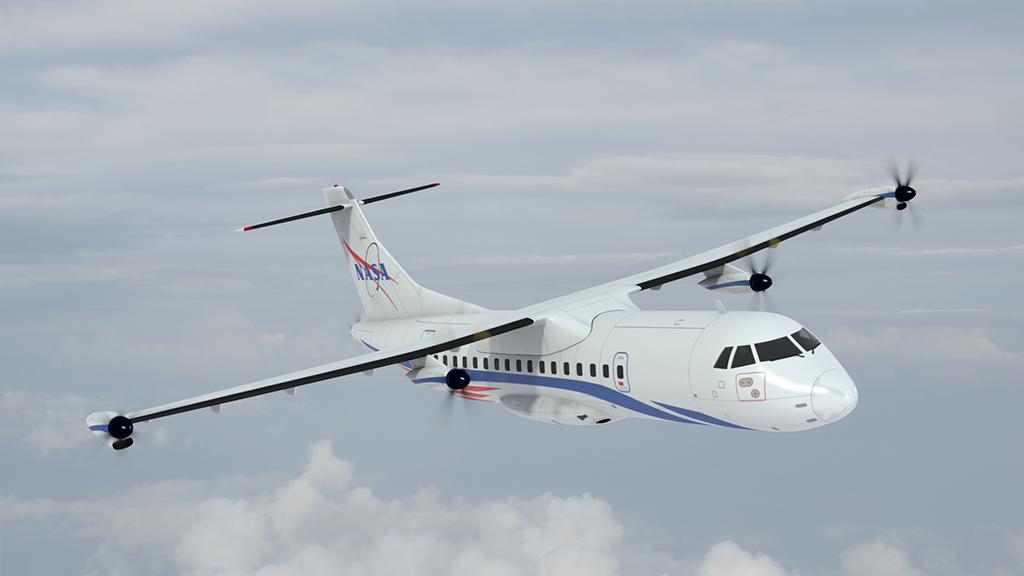
Flying Electrified Propulsion
NASA in October awarded contracts to GE Aviation and MagniX for the Electric Powertrain Flight Demonstration (EPFD) program, aiming to fly megawatt-class electrified aircraft propulsion systems by early 2024. GE will modify a Saab 340B regional airliner with a 1.5-megawatt hybrid-electric powertrain. MagniX will develop a 500-kW system for a 19-seat aircraft.
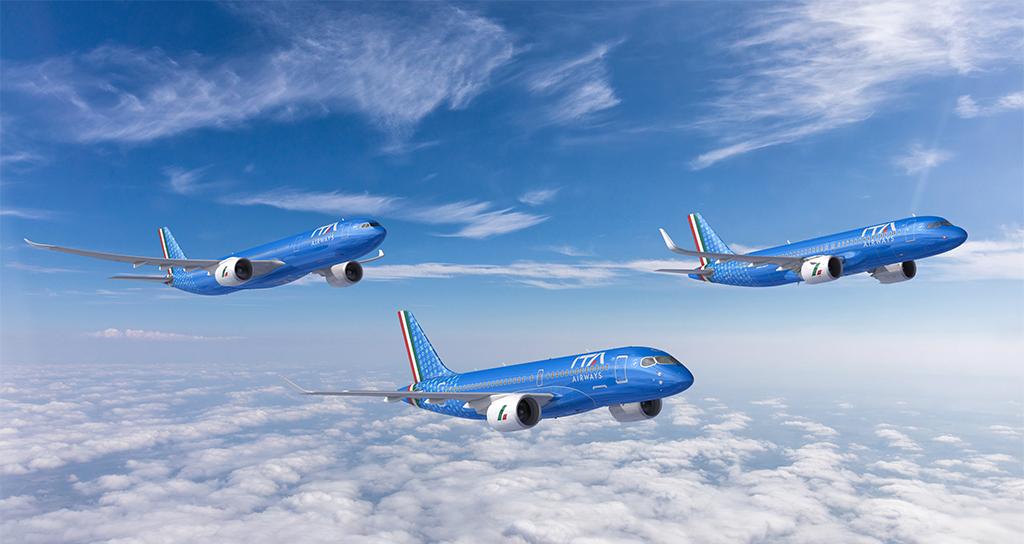
Arrivederci, Alitalia
The long-running saga of Italy’s struggling flag-carrier Alitalia ended Oct. 15, when the bankrupt airline ceased flying and its operations and assets were transferred to its successor, ITA Airways. The new state-owned airline subsequently confirmed an order for 28 Airbus A220s, A320neos and A330neos, and plans to lease A350s to complete the modernization of its fleet.

Sustainable Thinking
Embraer in November unveiled the Energia series of 9- to 50-seat sustainable aircraft concepts designed to revitalize regional connectivity. The manufacturer is now engaging with its suppliers and customers on which of the family concepts—with all-electric, hybrid-electric or hydrogen-fueled propulsion—it should pursue for entry into service between 2030 and 2040.
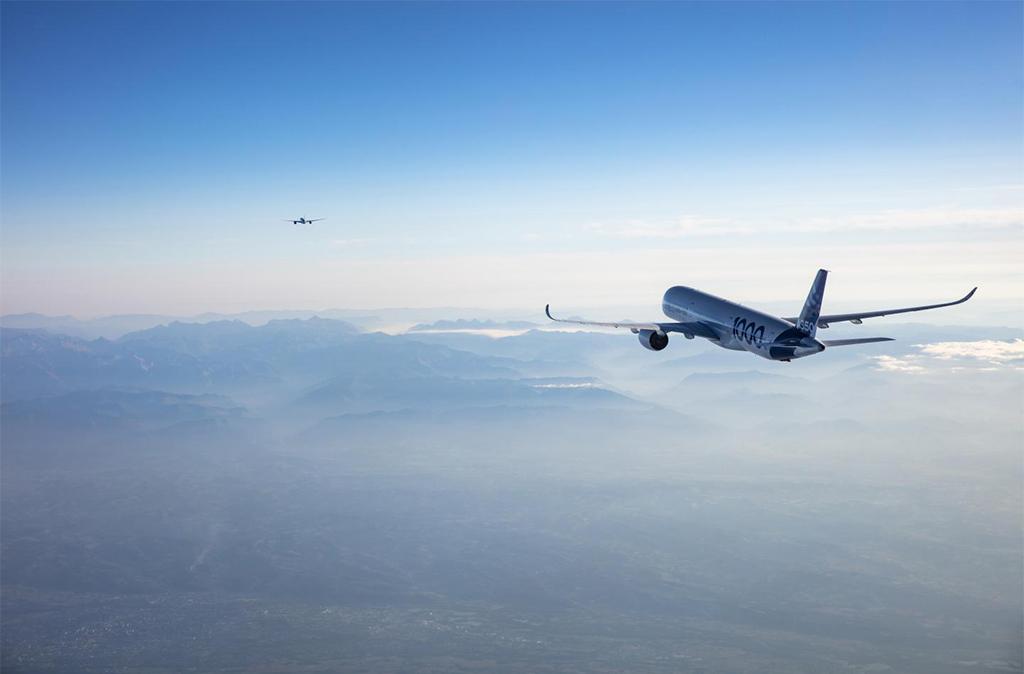
Fuel-Saving in Formation
Two Airbus A350s arrived at Canada’s Montreal-Trudeau International Airport on Nov. 9 having avoided emitting more than 6 metric tons of CO2 by flying in geese-like formation across the Atlantic from Toulouse. Concluding Airbus’ Fello’fly research project, the flight confirmed the potential for more than 5% fuel saving on long-haul flights through wake-energy retrieval.
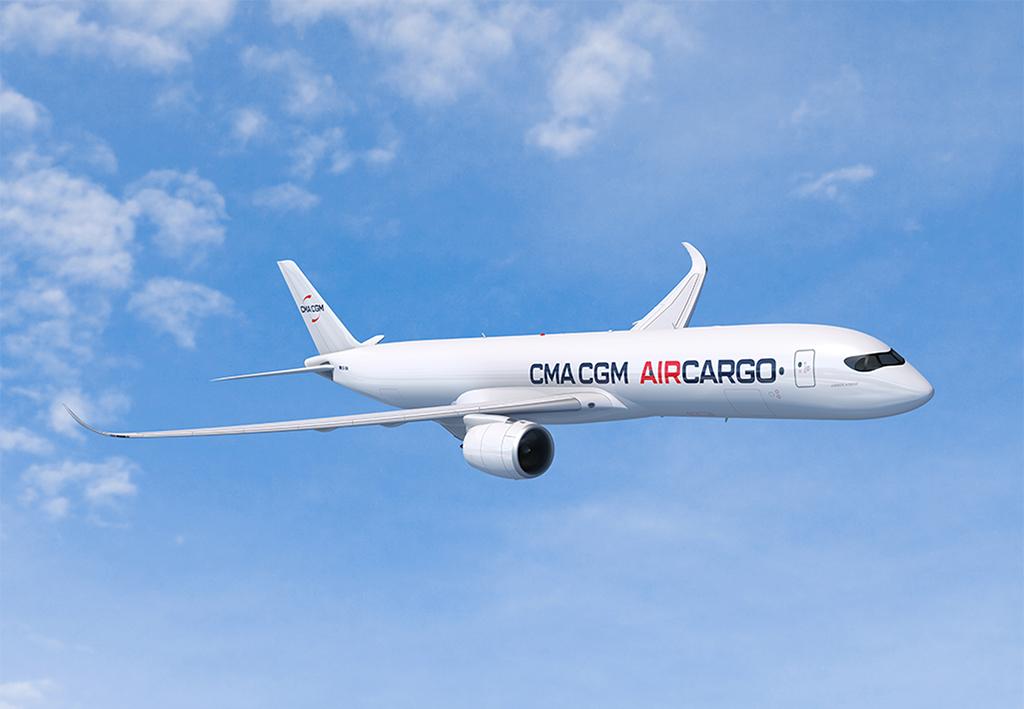
Next-Gen Freighter
After launching development of the aircraft in July, Airbus secured the first orders for its A350F new-build freighter at the Dubai Airshow in November. With the same 319 metric-ton maximum takeoff weight as the A350-1000, but a 3.17-m (10.4-ft.) shorter forward fuselage, the A350F will have a maximum payload of 109 metric tons (240,300 lb.) compared with 103 metric tons for Boeing’s 777F.
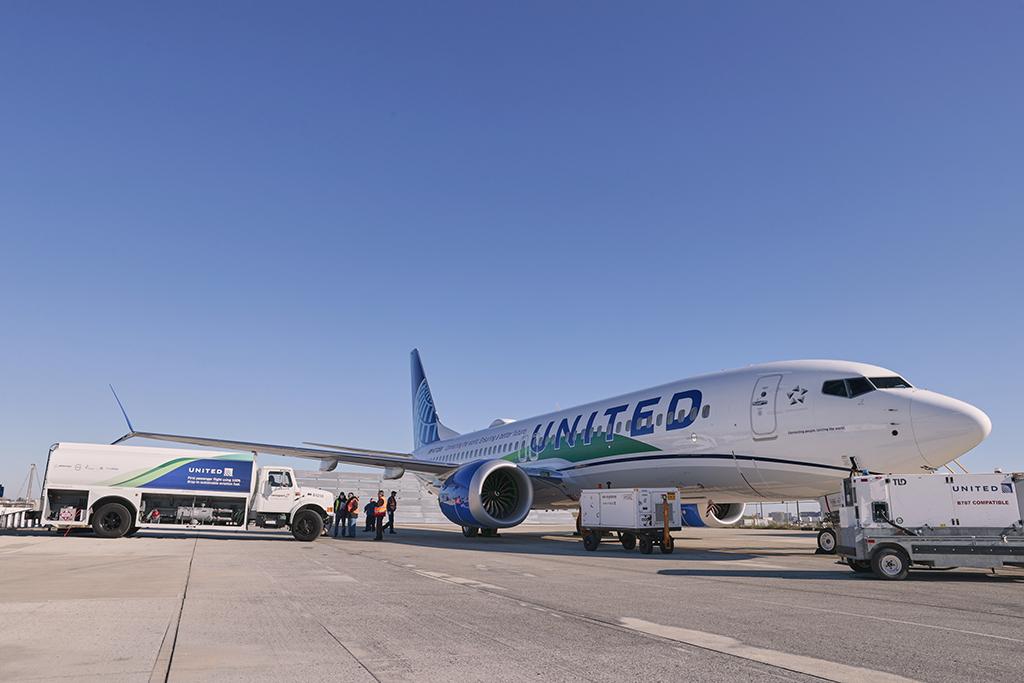
100% Sustainable Fuel
Airlines stepped up commitments to sustainable aviation fuel (SAF) in 2021, and industry moved to make its aircraft and engines compatible with 100% low-carbon fuel to help accelerate adoption. Airbus flew a CFM Leap-powered A319neo and Rolls-Royce-powered A350 on 100% SAF, and United Airlines in December flew the first commercial flight on 100% SAF, fueling one Leap engine on a Boeing 737-8.
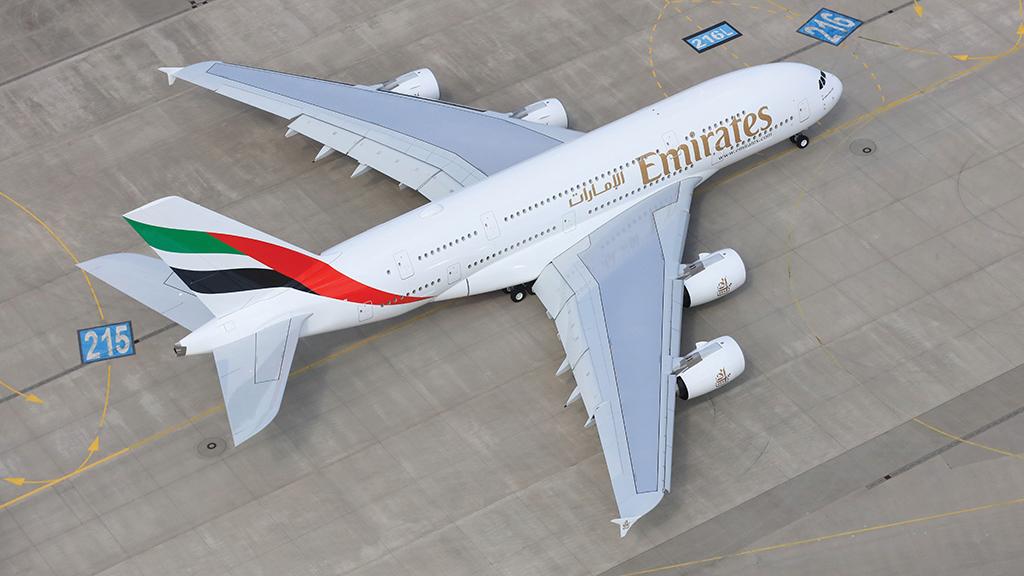
End of the Line
Airbus handed over the last A380 widebody airliner on Dec. 10 to Emirates, ending a 14-year production run. The A380 first flew on April 27, 2005, and the first aircraft was delivered to Singapore Airlines in October 2007. A total of 251 were built, including three test aircraft, and 119 of those were delivered to Emirates.
Commercial aviation was dominated by the pandemic recovery in 2021 but, despite the continuing near-term barriers to the return of global air travel, the industry showed a surprisingly strong response to its longer-term sustainability challenges. From a first flight to a new flag carrier, here are some of the notable events of the year.
